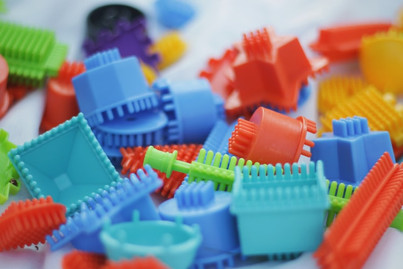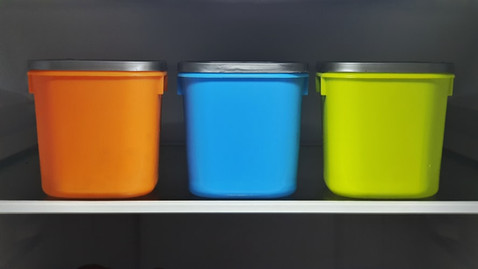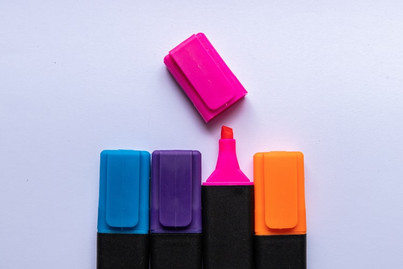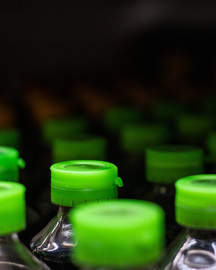top of page

Matrix Plastics Ltd

PLASTIC COLOUR COMPOUNDING & MASTERBATCH
Matrix Plastics is a market-leading colour compounding and masterbatch service provider to the polymer industry from our
35,000 sq.ft. site in Berkshire (just 10 minutes from Heathrow Airport).
Matrix Plastics has been colouring the world's biggest brands for nearly 30 years, from food packaging to automotive components, household consumables to electronics, and everything in between. We provide full-circle services and solutions to customers worldwide, including material sourcing, material handling, compounding, masterbatch production, custom colour matching, packaging & repacking and more.
As part of our versatile service offering, we provide colour compounding from quantities of 1kg to full truck loads, as well as a 1-hour colour match service. We also provide flexible colour matches according to CMYK, Pantone, RGB, RAL and more.
What materials do we work with?
Our flexible approach to compounding means we work with both customer-supplied polymer and polymer we source ourselves. Materials include, but aren't limited to:
What compounding methods do we offer?
As experts in the field of polymer compounding, our extensive service offering includes options to suit all polymer materials, applications, processing methods and budgets.
Fully Compounded Colour
Pigments are encapsulated into the polymer during the extrusion process ensuring full colour dispersal.
Advantages: Specific, accurate and controlled colours. The performance of the compound is more predictable. Easy to handle.
Disadvantages: Less flexible than the other methods.
Masterbatch
Masterbatch contains very high levels of colourants (up to 80%) which are then mixed at a fixed ratio to give a specific colour. There are two types of masterbatch: polymer/ carrier specific (where the carrier is the same material as the base) and universal (where the carrier will readily mix with a range of different polymers).
Advantages: Better colour control, cleaner and less drying problems than other methods.
Disadvantages: May not always be compatible with the base polymer. Colour consistency depends dosing accuracy.
Dry Colour / Dry Blend
The colourants are mixed in with the polymer ('salt and pepper mix'), often with dispersion aids and a wetting agent to help bind the powder onto the surface of the polymer.
Advantages: Cost effective due to low conversion cost. Quick to prepare.
Disadvantages: Can be extremely messy and affect drying. Colour can vary from batch to batch due to dispersion.
Additional Services
Analysis
We can perform material specification analysis for customers on samples provided.
Blending
We provide on-site blending services where material homogenisation is required.
Packaging
We provide bespoke customer packaging options.
bottom of page














